Experiment
You learn new things when you're having fun. To experiment is to try things for yourself. At Tom Tits Experiment we invite you to do just that, in which ever order you like. Here you can read more about our experiments – both indoors and outdoors.
Floor
{{ filter.Description }}
Exhibition
{{ filter.Description }}
Subject
{{ filter.Description }}
The current filter options did not result in any hits.









